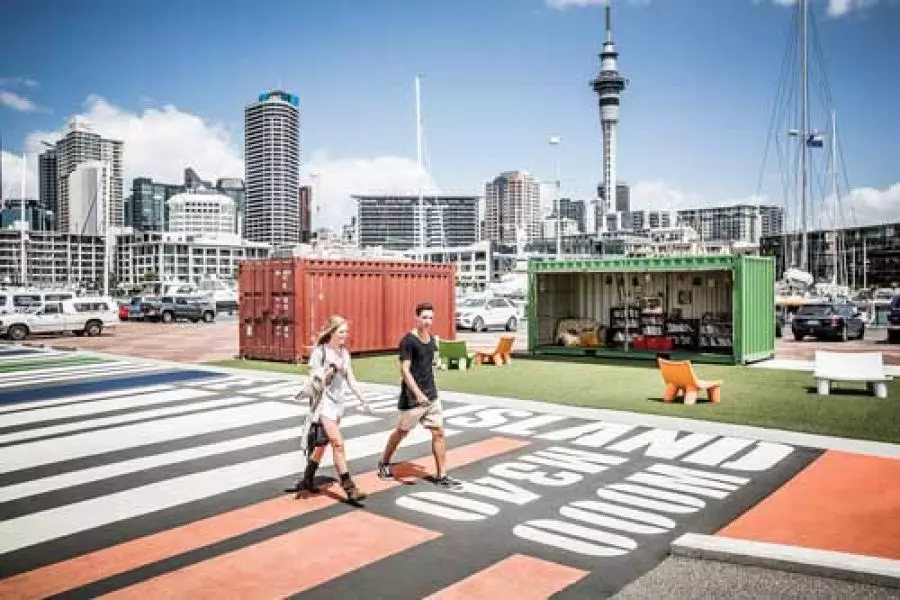
News
Time to invest in Auckland Central

Friday 3rd of March 2017
Has there been a hotter topic in recent years than the continued rise and rise of Auckland house prices?
The central Auckland suburbs have been the best fodder for sensational headlines: How much for a derelict do-up in Ponsonby? We finished last year with Barfoot and Thompson statistics showing the average house price in Central Auckland sat at $1,075,000.
A big driver for high...
Want to read the full article?
Click the button below to subscribe and will have unlimited access to full article and all other articles on the site.
Latest News
Latest Comments





![[The Wrap] Bye Bye Bayly](https://goodreturns.publit.io/file/c_fill,w_900,h_600/39f23ac1-f7c7-4854-b700-a150004ebbac.webp)


